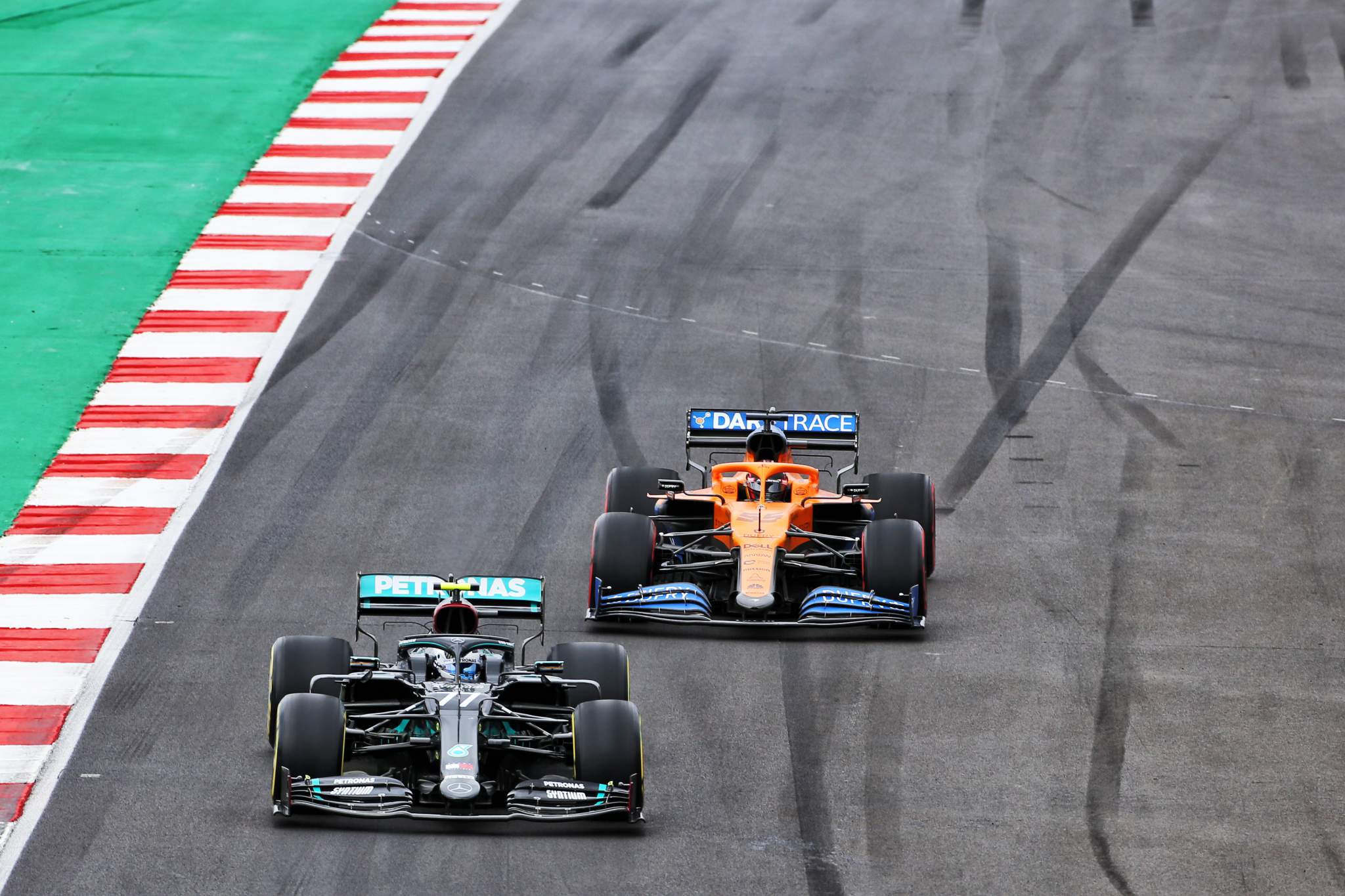Up Next

There’s a lot to get excited about around McLaren this season: the return to Mercedes power coinciding with the recruitment of the stellar Daniel Ricciardo to partner Lando Norris for one of the best driver line-ups on the grid, this all coming on the back of a generally upward trajectory of competitiveness.
But equally, there are some factors that might have the potential to pull back on that forward momentum.
The change of power unit from Renault to Mercedes brings potential benefits beyond just those of the engine itself. After heavy development at Brixworth over the 2019-20 off-season, last year that power unit difference was worth perhaps as much as 0.2s – at a stretch. Definitely worth having if maintained into ’21, but the unusual regulatory circumstances of this season – where teams must use their existing monocoque designs – may actually make the fact of the change more important than the engine itself.

Because McLaren is the only team changing power units between seasons, it is uniquely permitted to make significant changes to its tub to accommodate the different architecture of the two power units. These changes have been specified and limited by the FIA in an attempt at preventing the team from deriving a competitive advantage.
But McLaren is sure to be stretching any interpretations as far as possible. In making any change necessary to accommodate the engine, it may be possible to find a performance gain. Expect that aspect of the car to be closely studied by McLaren’s rivals.
Last year McLaren switched to a new narrow nose ahead of schedule in order to homologate the part before the appropriate deadline. So it can begin the season with the format that has found increasing favour up and down the pitlane without incurring a development token spend. The token can be used elsewhere.

So in all, it’s a promising build-up for the James Key-led technical team and there’s real momentum there. But a couple of provisos. We shouldn’t under-estimate just how fundamental a thing a change of power unit is, particularly of two such different layouts.
The Mercedes, with its split turbo, dictates quite a different optimum layout to the Renault with regard to the cooling package and internal plumbing. That can have an impact upon the whole car and we can’t know at this stage if it’s been possible to arrive at the ultimate car configuration within the restrictions – it may be more compromised than the car designed specifically for the Renault.

The other big looming shadow over McLaren’s prospects in continuing to progress up the grid is that the design of one of its key rivals – the Aston Martin – has been made without compromise (by Mercedes two years ago) with facilities that are superior to those of McLaren’s. Furthermore, Aston is entering into a second year with that basic design and so should be better at extracting the most from it.
So a lot of excitement, but an equal number of questions ahead of the new McLaren-Mercedes launch.





